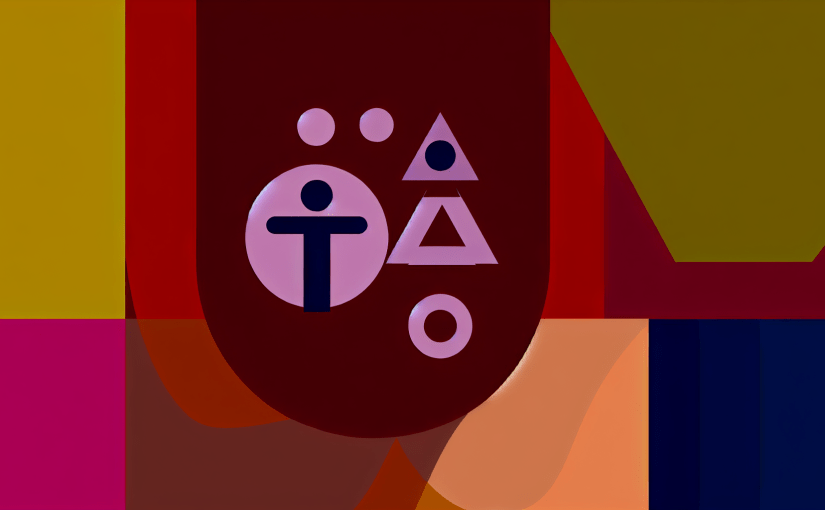Catholicism and Global Politics: Navigating Faith in the Geopolitical Arena
In an increasingly interconnected world, the interplay between religion and politics has become a focal point of discussion. Among various religious influences, Catholicism, with its vast number of adherents and rich history, plays a significant role in shaping global politics. This blog post delves into the relationship between Catholicism and global politics, exploring how the Catholic Church influences diplomatic relations, promotes social justice, and responds to contemporary global challenges.
The Historical Context of Catholicism in Global Politics
To understand the role of Catholicism in global politics today, we must first examine its historical context. The Catholic Church has existed for nearly two millennia and has been an influential player in European politics since the Middle Ages. The Church wielded significant power, often acting as a political authority in its own right. Popes dictated terms to monarchs and played critical roles in state affairs.
The Peace of Westphalia in 1648 marked a turning point in the relationship between religion and state, as it established the principle of state sovereignty. However, the Church remained a critical player in international relations, often mediating conflicts and promoting peace. Today, the Vatican continues to participate in diplomacy, encouraging Christian values within the realms of governance and international affairs.
The Vatican’s Diplomatic Role
One of the most distinctive features of Catholicism in global politics is the diplomatic role of the Vatican. The Holy See is a sovereign entity with the ability to enter into treaties and engage in international diplomacy, making it unique among religious institutions.
Catholicism as a Mediator in Conflicts
Throughout history, the Vatican has played a significant role as a mediator in conflicts, often leveraging its moral authority to promote peace. For example, in Latin America, the Church has acted as a mediator in various civil conflicts, advocating for reconciliation and social justice. In recent times, Pope Francis has taken diplomatic initiatives toward restoring relations between the United States and Cuba, showcasing the Vatican’s potential for fostering dialogue amidst geopolitical tensions.
The Papal Influence on International Relations
Papal encyclicals often address global issues such as climate change, poverty, and migration, influencing international policymaking. For instance, in his 2015 encyclical “Laudato Si’,” Pope Francis urged global leaders to prioritize environmental issues, contributing to the global discourse on climate change. By framing such topics within the context of Catholic teachings, the Church nudges governments to align their policies with principles of social justice and stewardship.
Catholic Social Teaching and Global Politics
Catholic social teaching (CST) provides a framework for understanding the Church’s stance on various political and social issues. CST emphasizes principles such as the dignity of the human person, the preferential option for the poor, and solidarity, which resonate in today’s global political landscape.
The Dignity of the Human Person
At the heart of CST is the belief in the inherent dignity of every human being. This belief shapes the Church’s stance on issues like immigration, human rights, and social inequality. The Vatican calls on governments to protect the rights of vulnerable populations and ensure equitable access to resources.
The Preferential Option for the Poor
The Catholic Church’s commitment to the poor significantly influences its approach to global politics. Advocacy for economic justice, access to education, and healthcare reflects this principle. During economic crises, the Church emphasizes the need for policies that benefit the impoverished and marginalized, frequently urging governments to reconsider austerity measures that disproportionately affect disadvantaged communities.
Promoting Solidarity
Solidarity is another core tenet of CST, advocating for cooperation and mutual support among individuals and nations. This principle is particularly relevant in addressing global challenges such as climate change and pandemic response, where collective action is crucial. The Church stresses the importance of international cooperation and shared responsibility in overcoming these issues.
The Catholic Church and Global Ethics
As a moral authority, the Catholic Church significantly contributes to the discourse on global ethics. The Church’s teachings on issues such as war, peace, and humanitarian intervention have reverberated across international relations.
The Just War Doctrine
Developed over centuries, the Just War Doctrine is a moral framework that guides the Church’s teachings on the morality of armed conflict. It emphasizes that war can only be justified as a last resort and must have proportionality and a reasonable hope of success. This doctrine plays a vital role in how the Church engages with issues of national security and military intervention.
Advocacy for Peace and Nonviolence
The Catholic Church has long been a proponent of peace and nonviolence. Religious leaders, including popes, have consistently spoken against warfare and promoted disarmament. The Vatican’s emphasis on dialogue and negotiation as alternatives to armed conflict reflects its commitment to fostering a more peaceful world.
Addressing Global Challenges: Health, Migration, and Climate Change
The Catholic Church actively addresses pressing global challenges—healthcare access, migration, and climate change—demonstrating the intersection of Catholicism and global politics.
Healthcare and Global Health Initiatives
The Church operates a vast network of health services worldwide, especially in underprivileged areas. In the wake of the COVID-19 pandemic, Vatican officials called for equitable distribution of vaccines and resources. This public health advocacy ties into broader discussions on global healthcare policies and responses to health crises, underlining the Church’s role in promoting the common good.
Migration and Refugee Advocacy
The Catholic Church has been a vocal advocate for the rights of migrants and refugees, emphasizing the need for humane treatment and protection. Organizations such as Catholic Relief Services work globally to provide assistance to displaced individuals, aligning with the Church’s teaching on the dignity of the human person. During times of crisis, the Church’s advocacy often influences governmental policies regarding asylum and immigration reform.
Environmental Stewardship
Addressing climate change is one of the most pressing global issues where Catholicism intersects with global politics. The Church has taken significant strides, particularly under Pope Francis, urging nations to take responsible actions to protect the environment. The Catholic Church’s emphasis on caring for creation is not just a theological stance but a call to action for global political leaders to implement sustainable policies.
Challenges Facing Catholicism in Politics
While Catholicism has a significant influence on global politics, it faces several challenges in maintaining its relevance in contemporary political discourse.
Secularism and Pluralism
The rise of secularism and pluralism presents a unique challenge for the Church. In many regions, religious authority is increasingly questioned, leading to a disconnect between religious teachings and political realities. The Church must navigate these tensions while staying true to its principles and engaging thoughtfully with diverse perspectives.
Internal Church Divisions
The Catholic Church is not monolithic; different regional and cultural interpretations of Catholicism can lead to internal divisions. Issues such as gender, sexuality, and governance within the Church create complex dynamics that impact its political engagement. The Vatican must address these matters thoughtfully to maintain its moral authority and influence on global issues.
Conclusion
Catholicism and global politics form a complex and evolving relationship. The Catholic Church, with its rich history and established moral teachings, continues to engage in global affairs, promoting peace, social justice, and human dignity. As the world faces numerous challenges, from climate change to migration crises, the Church’s voice will remain crucial in advocating for the values of solidarity and compassion.
The Church’s unique position as a global moral leader provides it with the tools to navigate contemporary political landscapes. However, it must address the challenges posed by secularism and internal differences to maintain its relevance and influence. Ultimately, Catholicism offers a framework for understanding and addressing the moral dimensions of global politics, emphasizing the importance of faith in the pursuit of a just and peaceful world.
By fostering dialogue and collaboration, the Church can continue to impact global political discourse positively, bridging divides and offering a pathway toward a more compassionate and just society.









